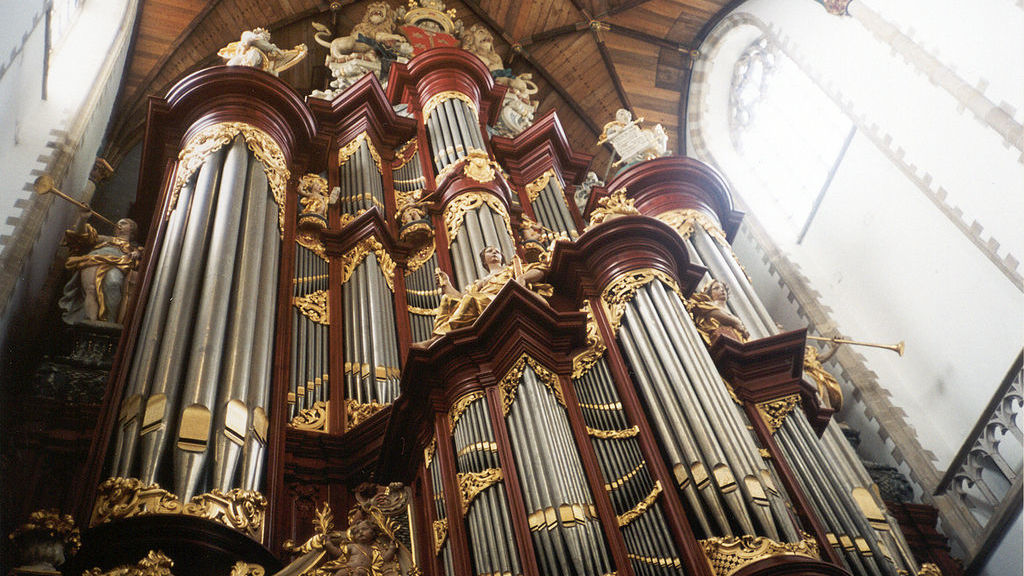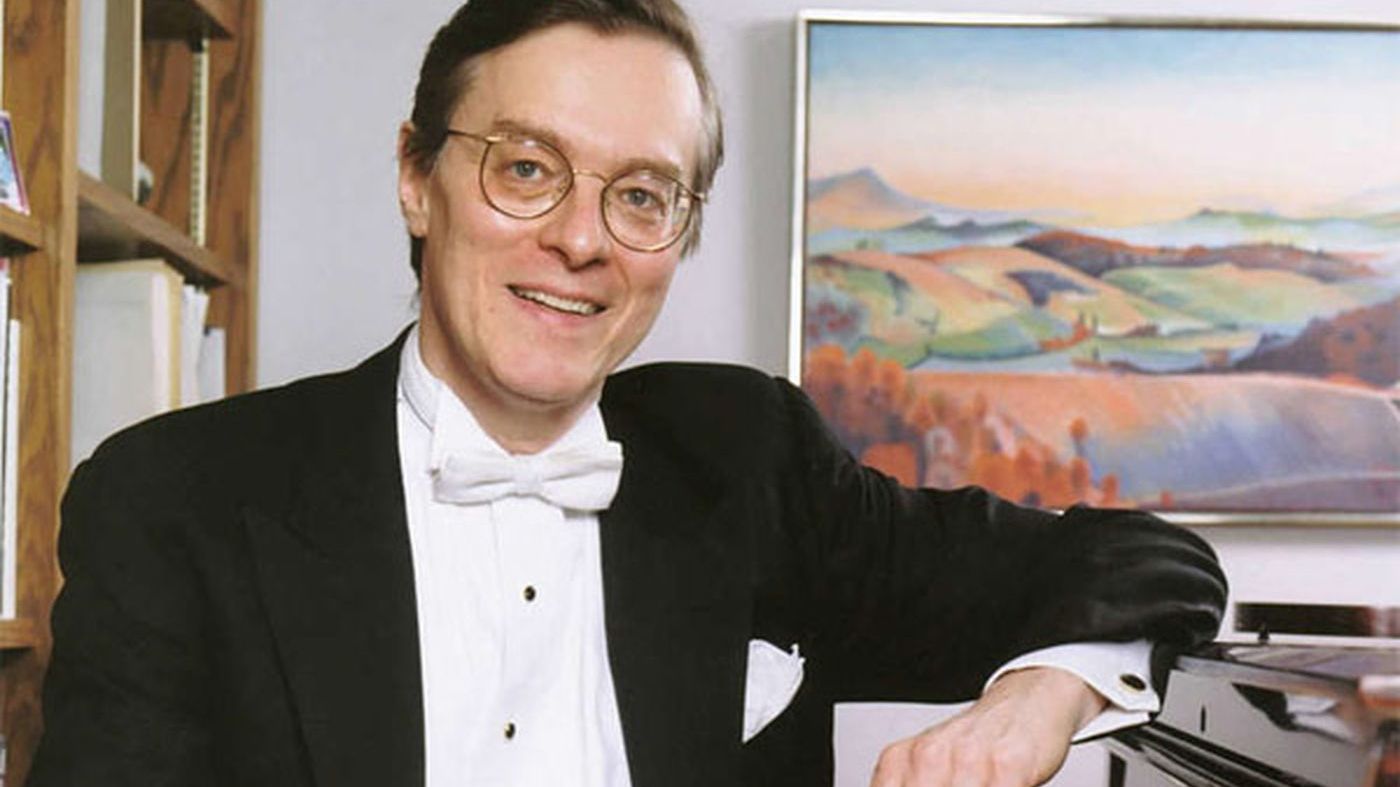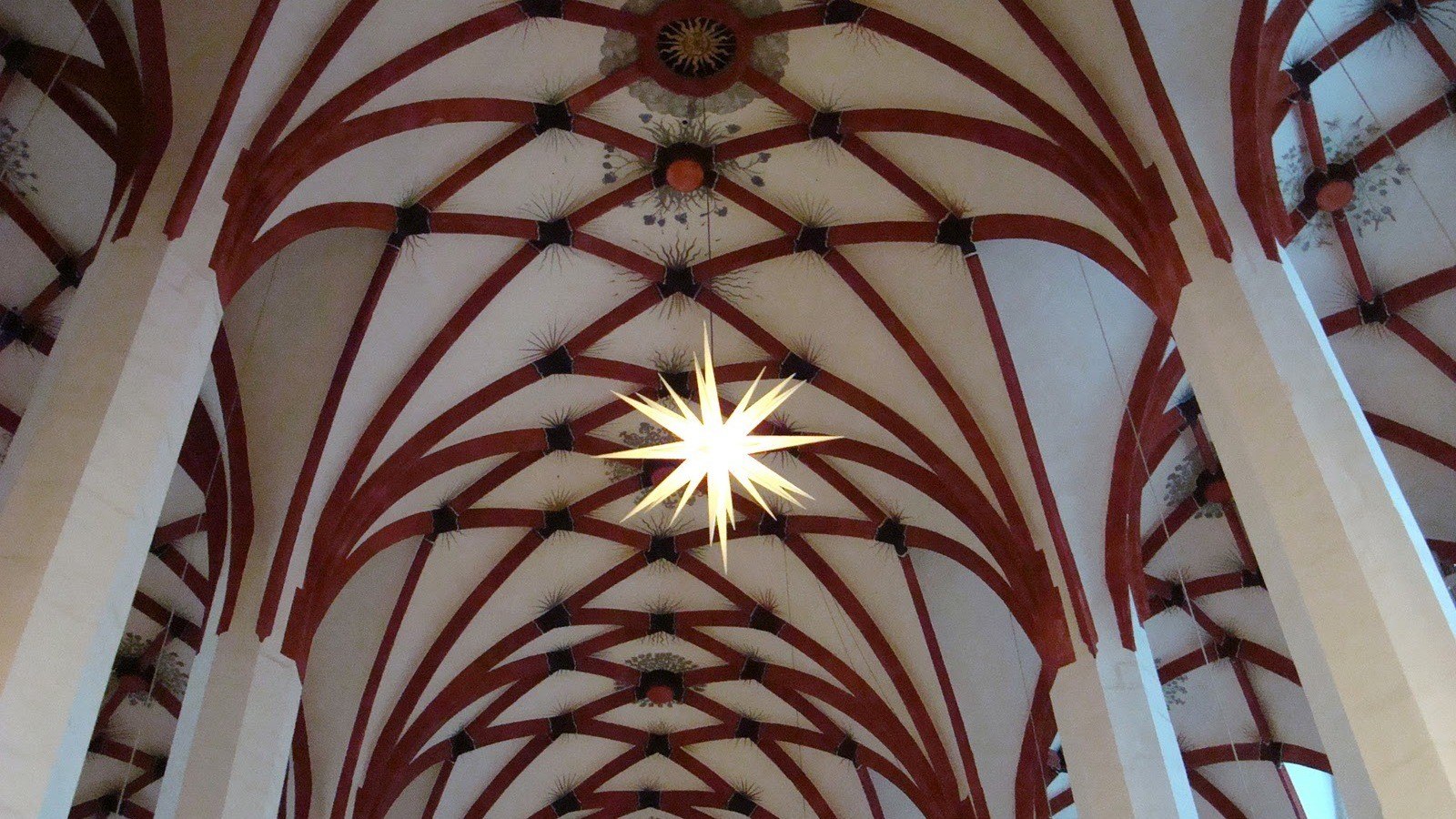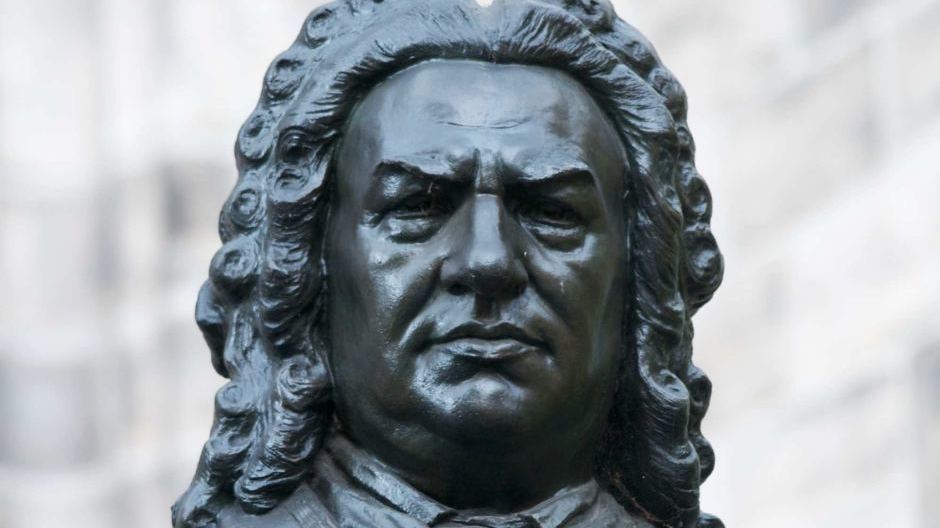J.S. Bach and the Joy of G Major
Throughout the music of J.S. Bach, G major seems to be associated with a distinct sense of joy and deep-rooted contentment. For example, consider the Fantasia in G Major for Organ, BWV 572, which opens in the instrument’s highest and most sparkling register with figures that skip along with an infectious, playful exuberance. This amazing piece, which we explored in a previous post, proceeds on into a massive five-voice chorale which concludes with a mighty …







